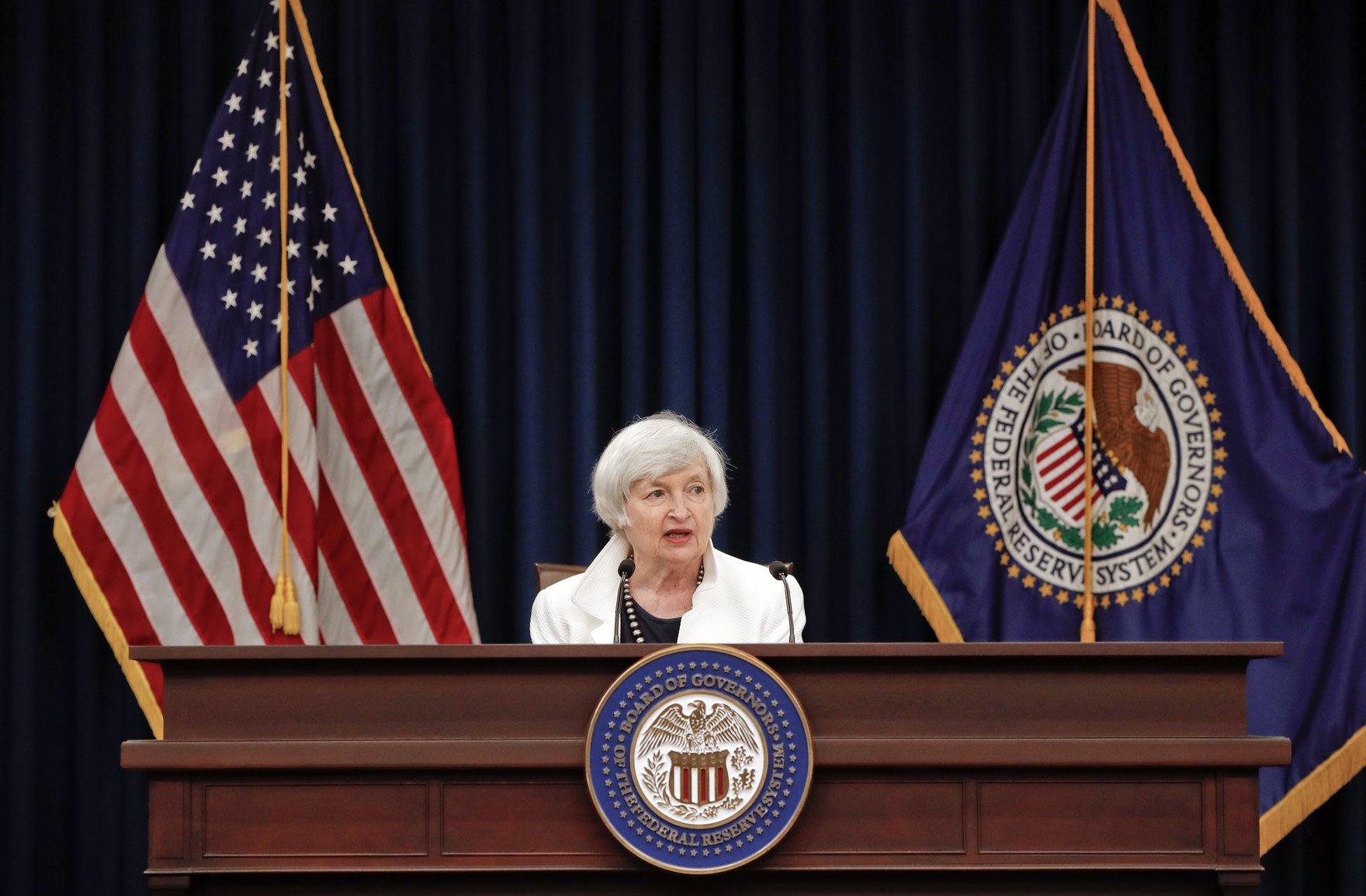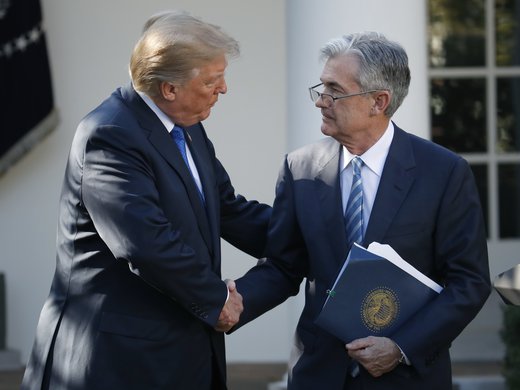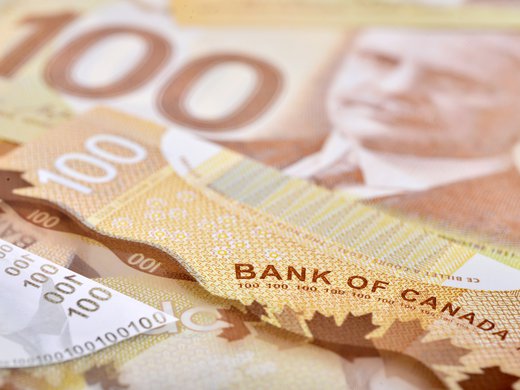Janet Yellen, the outgoing head of the United States Federal Reserve, says the absence of inflation in 2017 is a mystery. Charles Evans, a colleague, wonders if the problem lies with the policy makers themselves.
“We’ve gained a lot of credibility, and I don’t think markets or the public are expecting central bankers to let inflation get out of hand,” Charles Evans, president of the Federal Reserve Bank of Chicago, told The New York Times in an article published December 5. “I think we’ve got a bit of a reverse problem. We haven’t demonstrated with our actions that 2 percent isn’t a ceiling.”
Yellen, Evans and the rest of the Federal Open Market Committee gather December 12 and 13 for their final meeting of the year. Evans suggested that he will be pushing his colleagues to leave the Fed’s benchmark interest rate unchanged because inflation is so weak. Most observers seem to think he will be ignored by the majority. The US unemployment rate was 4.1 percent in November, a level consistent with an economy that is at full employment. That suggests upward pressure on wages, which typically leads to faster inflation. The consensus view is that if the Fed doesn’t move now, it will have an inflation problem later.
However, the debate over whether the Fed needs to change its approach to inflation will continue, no matter what the policy committee decides. Price increases have stayed below the central bank’s two-percent target for most of the post-crisis era. And in response, many economists and some central bankers began openly questioning whether the Fed needs to give itself more room to stoke economic growth. In early January, the Brookings Institution will host a conference on the subject. Among the thinkers scheduled to appear: Lawrence Summers, a Harvard University professor and former US treasury secretary; former Fed chairman Ben Bernanke; Olivier Blanchard, the former chief economist at the International Monetary Fund who is now a senior fellow at the Peterson Institute for International Economics; and Stanford University’s John Taylor.
The event concludes with a discussion on Canada’s experience with inflation targeting. Panelists include John Murray, the former Bank of Canada deputy governor who now is an economics professor at Queen’s University and Eric Rosengren, the president of the Federal Reserve Bank of Boston. That combination lacks the star power of some of the other sessions, but it may contain the best answer to questions about the Fed’s struggles with inflation.
The Bank of Canada has given Evans’s concern a lot of thought. A desire to avoid a false ceiling is one of the reasons Canada’s central bank allowed itself some wiggle room around its policy goal. Financial journalists and others tend to describe the Bank of Canada’s target as headline inflation of two percent, probably for the sake of simplicity. The target technically is the midpoint of a range that extends from one percent to three percent. Canadian policy makers would be uncomfortable if prices shot past two percent, but they wouldn’t panic because headroom is built into their framework.
I discussed this issue at some length with Bank of Canada Governor Stephen Poloz in 2014 at the annual gathering of central bankers and economists in Jackson Hole, Wyoming. He acknowledged that his generation worried more about economies running too hot, rather than too cold.
“We all kind of grew up thinking inflation is the demon,” said Poloz, who, as a senior researcher, was intimately involved in the central bank’s decision to adopt an inflation target. “I do think we didn’t put much weight on the underside back in the day when we were first developing [the policy].”
Central bankers are surely attuned to the underside now, as inflation has mostly been closer to one percent than to two percent in the aftermath of the Great Recession. That has brought calls from Blanchard and others for the Fed to raise its inflation target, which would allow it to do more to stoke economic growth.
Canadian policy makers have felt less constrained because of their target band. In that conversation in 2014, Poloz described his approach as aiming at the midpoint, but, “if you are a little off, either way, it’s okay, as long as it’s a little.” He added: “Whereas the strict interpretation of the thing as a ceiling means you’ve got to keep aiming low because there’s a chance it could go above where I’m aiming.”
And, Poloz’s Bank of Canada has been nimble. It surprised markets by cutting interest rates twice in 2015, and then defied the consensus again this year by raising borrowing costs at consecutive policy meetings over the summer. The Canadian central bank’s current forecast for inflation sees the Consumer Price Index increasing 2.1 percent in 2019, another example of the institution’s feeling that it needn’t obsess about hitting the bull’s eye.
“There are always uncertainties in economics,” Poloz said in a speech on November 7 in Montreal. “That is why forecasts are best thought of as ranges, rather than points, and why our inflation-control framework is based on a target band. Bottom line is that inflation targeting has worked, through good times and bad, for more than 25 years.”
Some at the Fed appear to lack Poloz’s confidence. That could simply be because they haven’t left themselves with enough room to manoeuvre. A target band would fix that; incoming Fed chairman Jerome Powell could take note.



